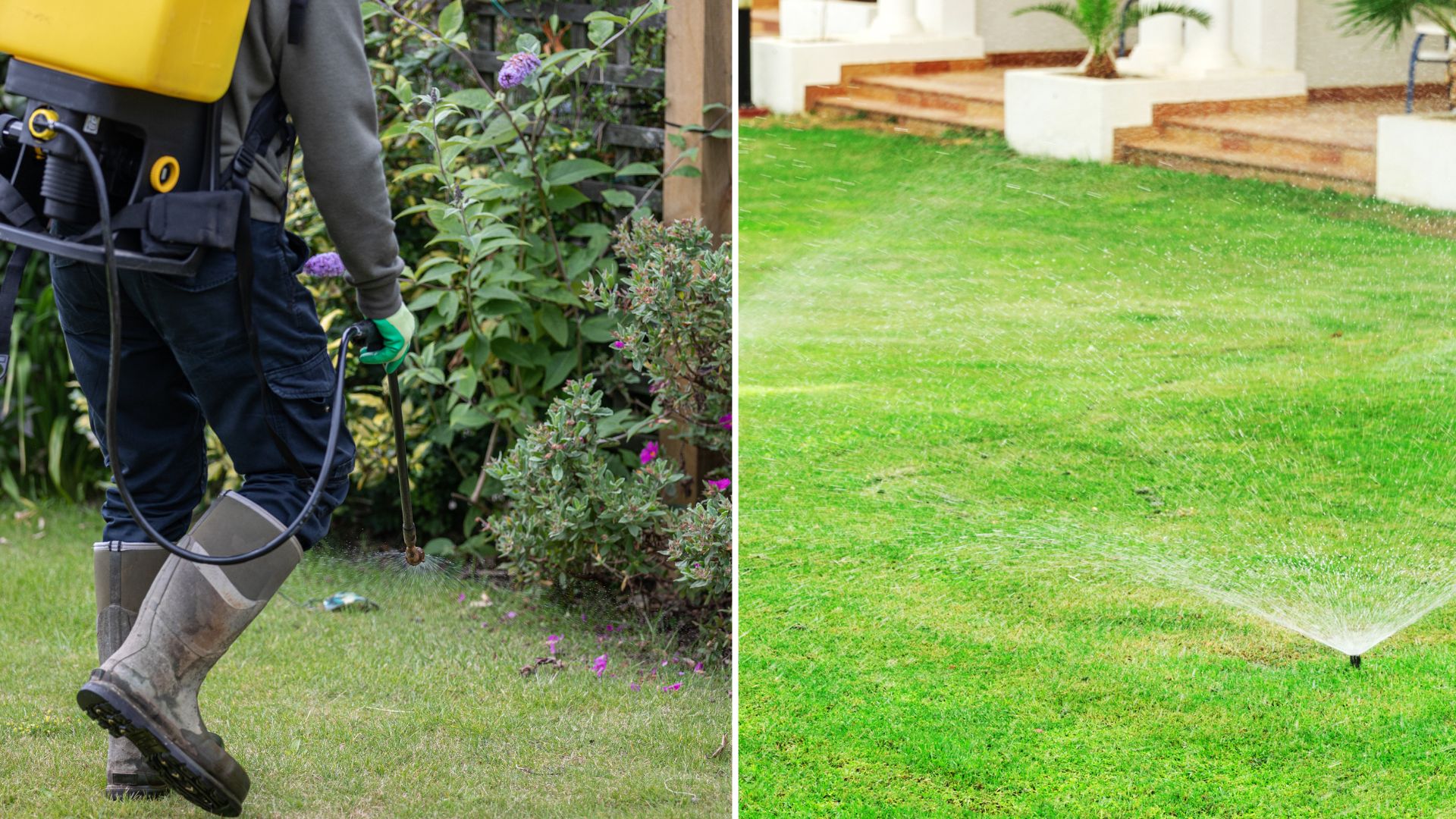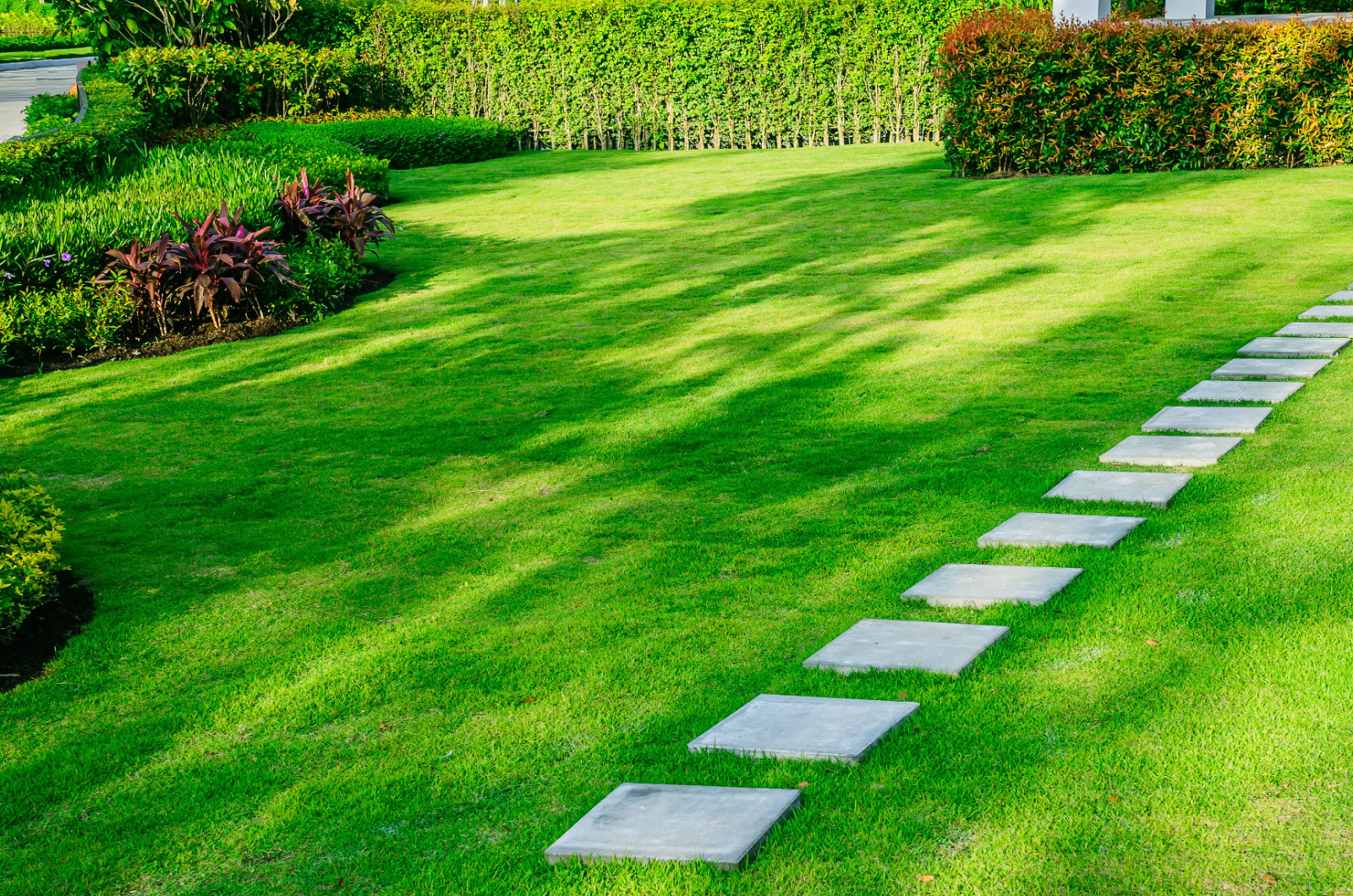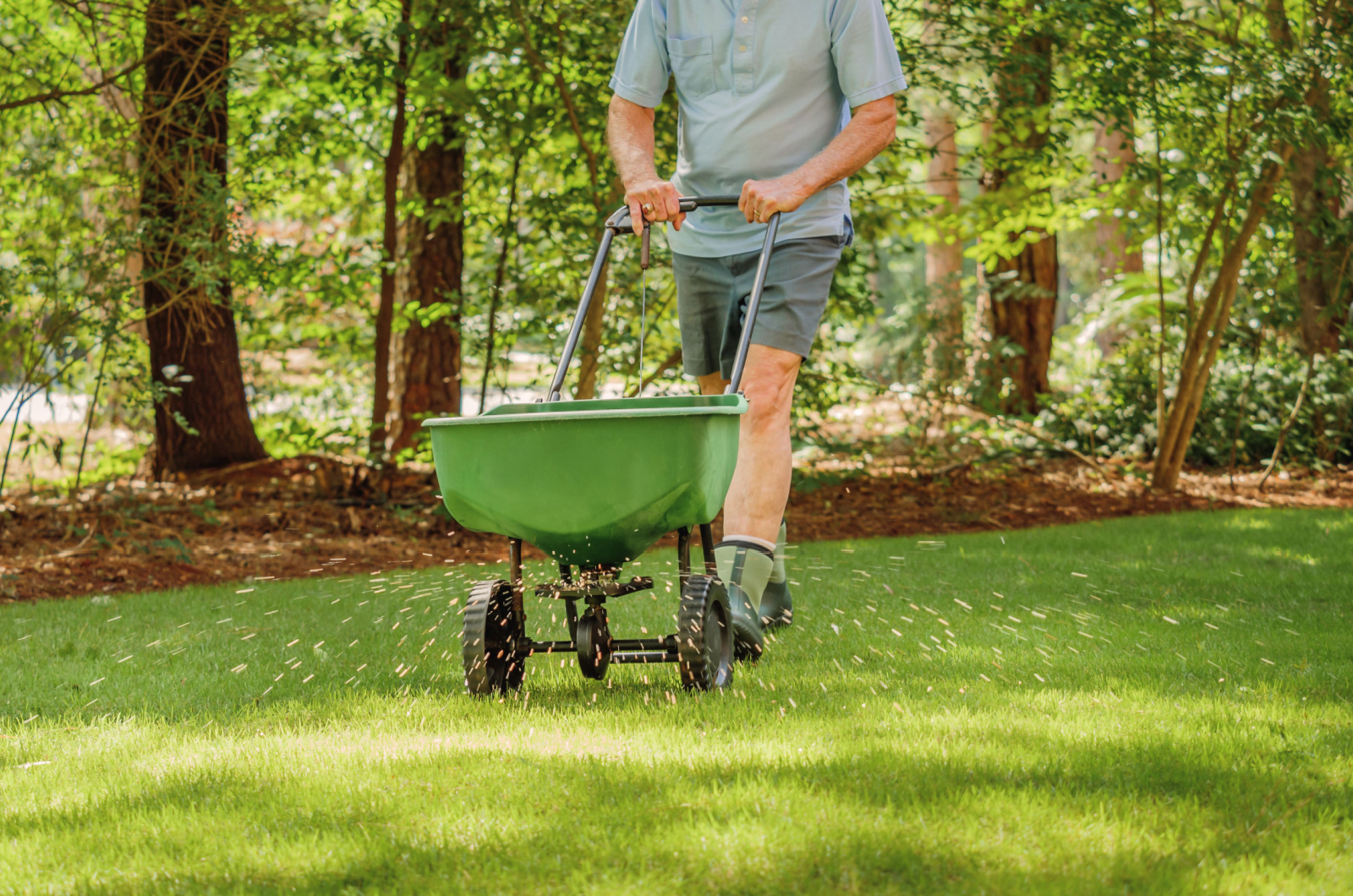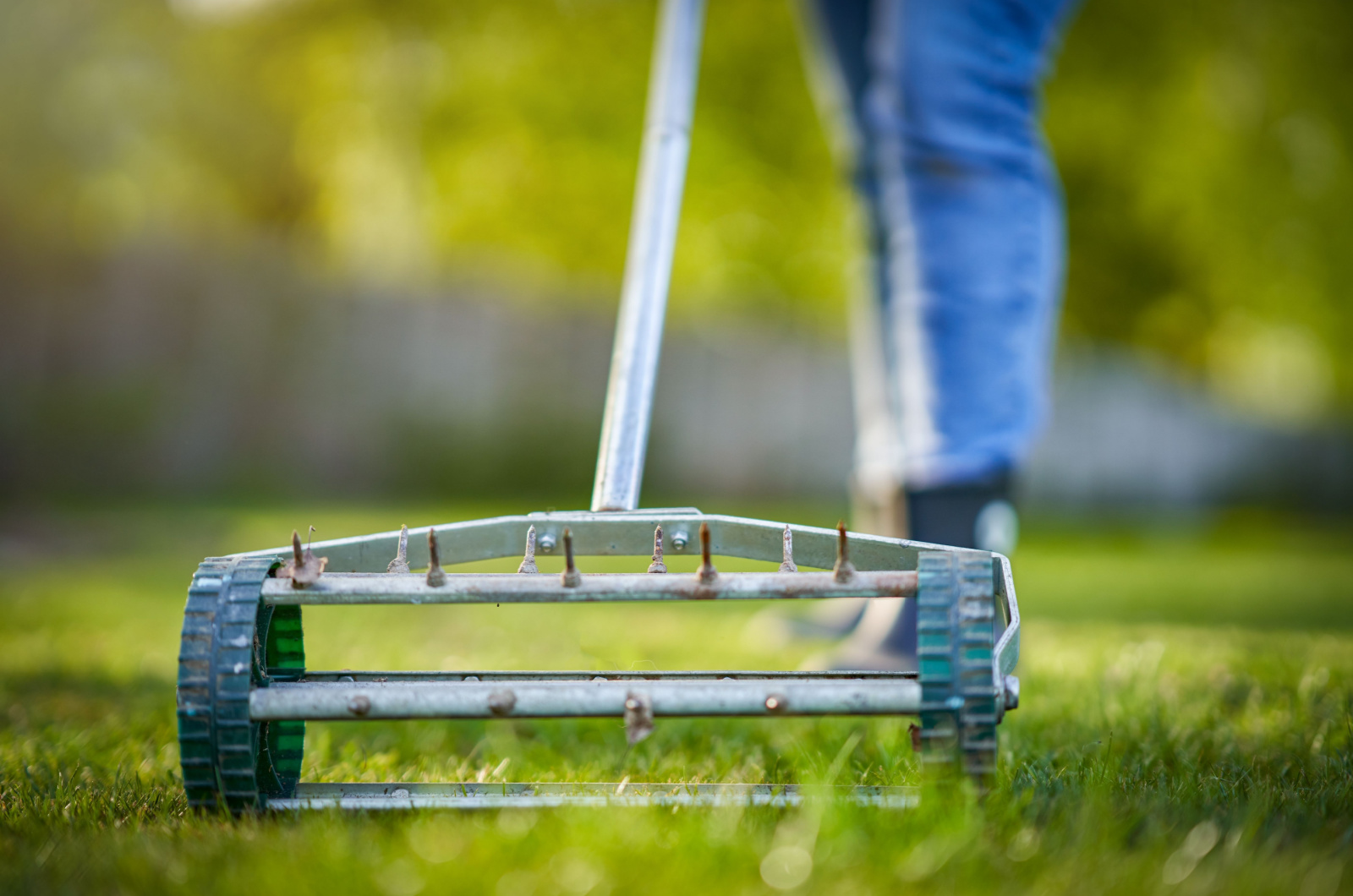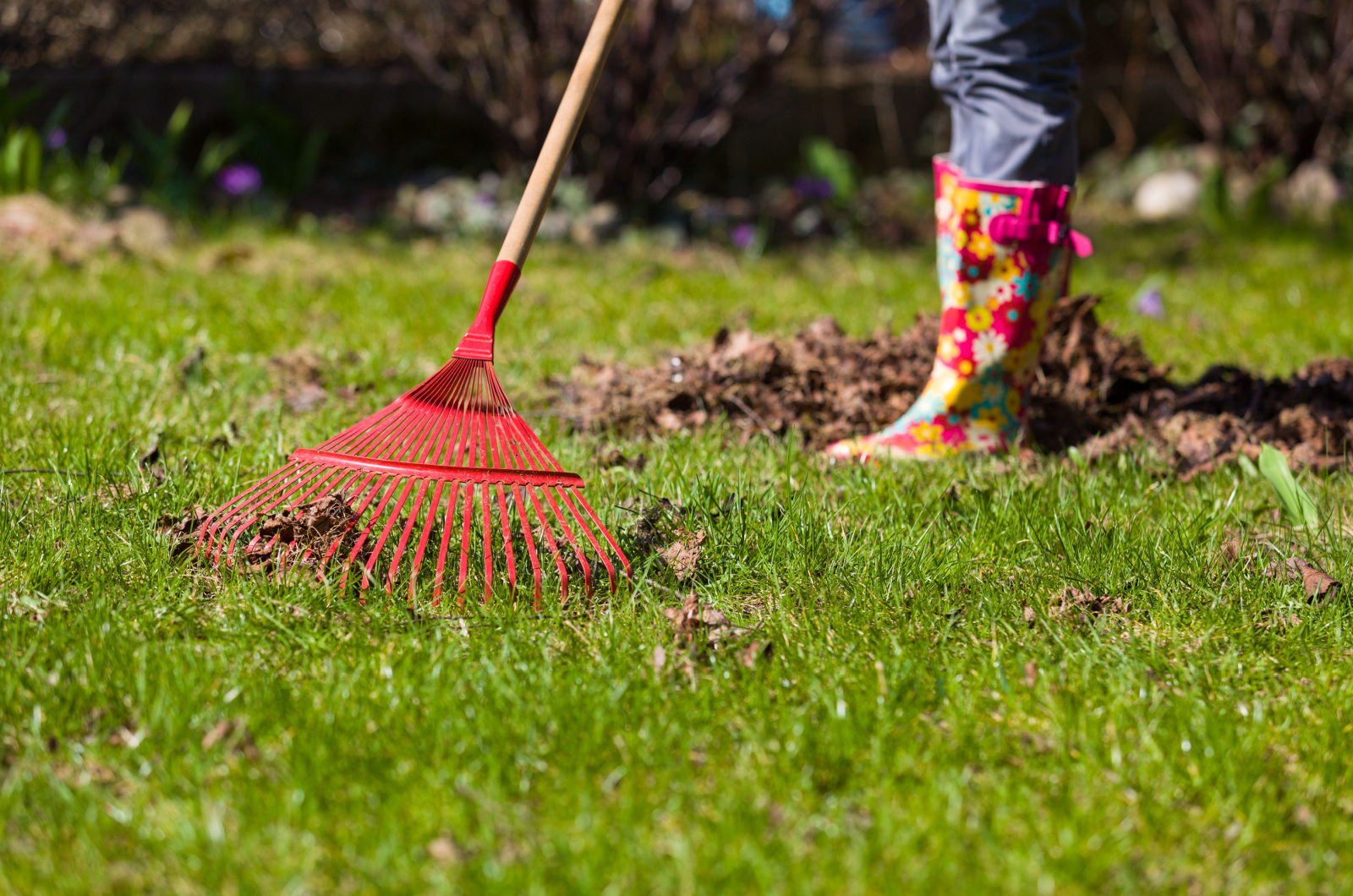Everyone knows about mowing grass during the summer months, but there are more things you need to do to keep your lawn healthy and lush throughout the year.
I’ll show you the best practices and a couple of must-know hacks for maintaining a lawn all year long. You won’t only get a healthy and nice-looking lawn but you’ll also increase the value of your property, which is especially important to those who are planning to sell their home soon.
Best of all, all the methods I’ll describe below don’t cost much or require any special skills.
Let’s make your neighbors green with envy!
Ensure Enough Sun
First and foremost, you need to ensure enough light for the grass you want to plant. Not every grass type requires the same amount of sun, so you first need to determine the lawn’s sun exposure.
There are a few turf-based grass varieties that don’t need more than 4 hours of full sun daily, while there are some that’ll need at least 6. If you have varieties that aren’t based on turf, you may need to ensure an even 8 hours of full sunlight per day.
All you need to do is check the recommended sun exposure for your grass, which typically comes on the label of the grass seed packs.
However, some lawn owners don’t know which grass type they actually have. If you’re one of them, I highly recommend contacting landscaping professionals from your local area.
Also, pay attention to structures or tall plants in your yard, such as trees, and the amount of shade they create. This will affect the health of your grass.
Water Accordingly
Another thing grass needs to grow is water. Generally speaking, most grass varieties require approximately 1 to 1.5 inches of water weekly.
Watering using a garden hose may take a lot of your time, so investing in an automatic sprinkler is a perfect idea. The equipment and installation of these systems won’t cost you more than $100, which is, in my humble opinion, worth it.
Your lawn will be evenly watered and you can turn off the sprinklers if there is rainfall.
Feed During The Growing Season
A good fertilizer will help you get a green and thick lawn, and the best time to start feeding is the spring.
I always feed my grass when it’s ready for the first mowing. Use slow-release fertilizers and reapply them every 2 months until October.
How To Maintain A Lawn In The Summer
Lawn mowing seems to be something I do the most during the hot summer months. I’ve seen my fellow lawn owners mowing their grass too low but I recommend leaving it a bit taller to allow the roots to become stronger.
One of the most important things when it comes to lawn care in summer is weed control. If you’re struggling with these nuisances, make your own weed killer rather than purchasing one full of chemicals.
Also, look out for grubs in the lawn and make sure to have neem oil or another similar solution to get rid of these annoying creatures.
Warm summer temperatures increase the water evaporation rate, which means your lawn will be thirstier during this period. Watering once or twice a week gives the best results.
I always water my lawn in the morning because temperatures are lower and water will evaporate gradually from the soil, preventing dehydration.
Caring For Lawns In The Fall
Of course, you’ll need to continue watering and feeding your lawn in the fall. However, don’t wait too long on feeding or aerating your lawn because it could affect nutrient uptake.
At this point, you should heal ugly bare patches in your yard (if any) because the soil is still warm and moist and the chances you’ll have a level lawn again are very high.
As the winter approaches, you need to prepare your grass. Gradually lower the blade height during each mowing session as the first frost draws near.
Your grass should be approximately 2 to 2.5 inches tall before the first frost to prevent snow mold.
Lawn Winter Care
Here’s some great news for those who live in cooler climates! Maintaining a lawn during winter requires little to no effort! Of course, you shouldn’t neglect your lawn entirely.
One of the best ways to prepare your lawn for the next season is to minimize foot traffic across it. The grass is dormant during this period and you could end up with a bumpy lawn.
For those of you who need to de-ice your walkways, I highly recommend using products that contain calcium chloride to prevent salt damage in your grass. As soon as the temperatures increase, make sure to rinse your lawn well to flush out excess salt.
When shoveling snow from your driveway, don’t pile it on your grass. It may result in soil compaction due to too much weight and cause bare patches all over your lawn the next season.
If you live in a warmer climate, don’t cut back on mowing. Make sure to leave the blades a bit taller to protect grass from cool temperatures.
Maintaining Lawn In The Spring
If you take all the necessary steps for your lawn in the spring, things will be easier in the future. This is the perfect time to remove any debris or weeds; the taller the grass, the harder it will be to remove them.
If you’re struggling with bare spots or you would like to make your lawn thicker, you should overseed, i.e., plant seeds on the existing lawn. After overseeding, wait about 5 weeks and then apply nitrogen fertilizer.
Last but not least, prepare your mower for the upcoming season! Sharpen the blades, change the oil if necessary, and replace the filter.
If you need a new mower or you’re buying one for the first time, consider the size of your lawn. Riding lawn mowers are lifesavers for those who are lucky enough to own large lawns!
When the mowing season begins, don’t remove more than one-third of the grass at once. The longer the grass blades, the more sun this plant absorbs and the healthier the roots it develops.
You can also aerate your lawn at this point to help the fertilizer reach the root system of your grass.
That’s it! Simply follow these guidelines and you’ll enjoy a healthy, green, and lush lawn all year long!

